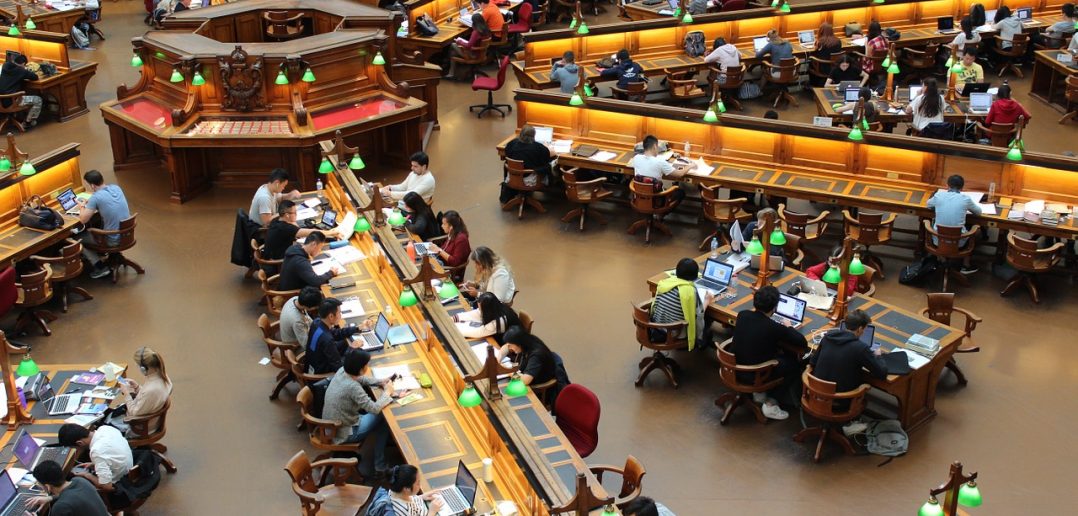A pilot program is helping students living in low-income public housing make their way toward college.
Students + Opportunity + Achievement = Results (SOAR) has been working for roughly six months in urban locations around the U.S. — including Chicago, Los Angeles and Phoenix — under a federal funding grant from the Department of Housing and Urban Development (HUD). Additionally, in Los Angeles, the public housing authority has contracted with the Southern California College Access Network (SoCal CAN), a group of nonprofit college prep organizations, to place counselors in five local housing developments.
Nearly 200,000 students currently live in public housing across the U.S., and an upcoming study will examine the success of the program and determine whether it can be expanded to further locations.
Challenges of Low-Income Housing
Firstly, many of the areas SOAR operates in are hotspots for criminal activity — which is one of the main reasons students drop out or fail to continue their educational pursuits.
It is also challenging for some students who have assumed the disproportionate responsibility of a household. Those with younger siblings and parents who are serving prison time or addicted to substances often take on the role of de facto, or head of household, and have a particularly tough time pursuing higher education. For those whose parents are working hard to make ends meet and provide food and shelter for their kids, the financial necessities of college may seem far-fetched at best.
Many of the public schools these students attend also lack the government funding — which is less than it was a decade ago for 34 states — to support students’ college aspirations.
How SOAR Helps
SOAR seeks to remedy many of these factors and encourages students to pursue their educational dreams. Currently, the LA branch of the program has recruited roughly 75 individuals from public housing and hopes to expand its reach to nearly 200 others. The ultimate goal of the program is to help students understand the college process and what will be expected of them before they can attend these schools, as well as what will be expected of them upon entering college.
For instance, the program assists students in filling out college-related paperwork, but also provides tutoring for the college essay portions of the applications and assistance with necessary government paperwork — including the common application and the Free Application for Federal Student Aid (FAFSA). FAFSA assists roughly two-thirds of students attending college and is a necessary step in acquiring federal student aid.
SOAR also seeks to change the culture and views of college attendance within the public housing communities. For many students from low-income families, the chance to attend college seems a distant and dim prospect. However, with the help of programs like SOAR and other government opportunities, it is now possible for many students to find their way into college classrooms. Informing students of this possibility is an integral step in the process.
The Future of SOAR
While the program is still undergoing its trial period in a few scattered locations, researchers are collecting data from SOAR locations and will compare their findings with information from non-SOAR locations in two years. Preliminary studies seem to suggest SOAR is helping students achieve the program’s primary goals — understanding the college process and boosting enrollment rates. However, a government study in 2020 will determine the future of the program.



